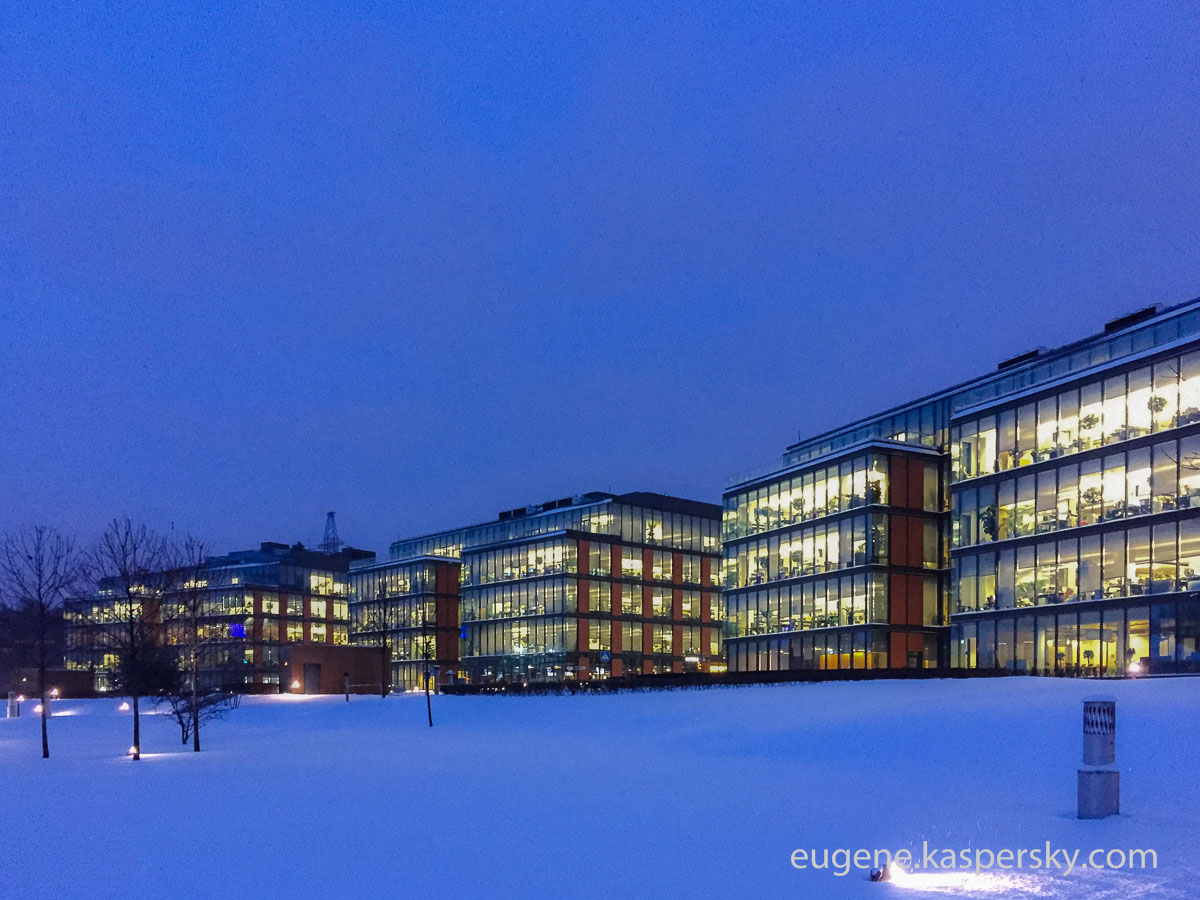Hi folks!
Going against tradition just this once, this year we’ve decided not to wait for our official financial audit results, and instead publish preliminary sales results for last year straight away.
The most important business figure of the year is of course revenue. So, for all 12 months of 2017, our products, technologies and services were sold for US$698 million (in accordance with the International Financial Reporting Standards) – a 8% rise compared to the previous year.
Not a bad result at all, if I don’t mind saying so; a result that shows how the company is doing well and growing. What’s more, we have some real promising technologies and solutions that make sure we’ll keep on growing and developing into the future.
But here’s what is, to me, the most interesting thing to come out of the preliminary results: for the first time in the history of the company sales bookings of corporate solutions overtook those of our boxed products for home users – this riding on the back of a 30% increase in the corporate segment.
Another very pleasing fact: the good rate of growth of the business has come largely not from sales of our traditional endpoint products, but from emerging, future-oriented solutions like Anti Targeted Attack solutions, Industrial Cybersecurity, Fraud Prevention, and Hybrid Cloud Security. All together these grew 61%. Besides, forecast growth in sales of our cybersecurity services comes in at 41%.
Geographically, sales bookings in most of the regions overshot their annual targets. For example, in Russia and the CIS sales were up 34% on 2016. In META (Middle East, Turkey, Africa) sales skyrocketed up 31%; in Latin America – 18%; and in APAC – 11%. Japan demonstrated moderate growth (4%), while Europe was slightly below expectations (-2%).
The only region that didn’t do well was, as expected, North America, which saw a fall in sales of 8%. Hardly surprising this one, given that it was this region that was the epicenter of last year’s geopolitical storm, which featured both a disinformation campaign against us and an unconstitutional decision of the DHS. Nevertheless, despite the political pressure, we continue to operate in the market and are planning on developing the business further there.
It only remains for me to give huge thanks to all users, partners, and cybersecurity experts, and to anyone else (including most journalists and bloggers that covered us) for their support, and also a big up to all the KLers around the globe for their continued excellent work in these difficult times. Customer loyalty, impressive growth of the business, and high team morale are all clear indicators of our global success. Well done everybody!

More detailed info on the preliminary financial results can be found here.







































